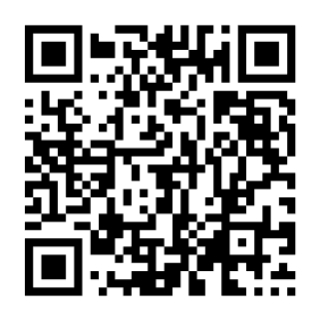ASCII definition
ASCII, short for American Standard Code for Information Interchange, is the character-encoding standard for electronic communication. In simple terms, it assigns a unique numerical code to letters, numbers, or other characters to ease data transfer and communication between different computer systems and devices.
ASCII facts
Each character in ASCII is represented by a unique binary number of seven digits, with varying sequences of 0’s and 1’s. With 128 unique combinations possible, the ASCII code can therefore represent a total of 128 characters, including uppercase and lowercase letters, digits, punctuation marks, and control characters. More commonly used is an eight-bit field, which holds seven information bits and a so-called parity bit that is used for error checking or to represent special symbols. This system of eight bits expands the number of characters that ASCII can represent to 256, allowing it to accommodate all special and multilingual characters.
ASCII Examples
Now that we have a clear understanding of the ASCII system, let’s take a closer look at some concrete examples here: The letter “A” is represented by the binary code 01000001, the number “5” is represented by the binary code 00110101, and the exclamation mark “!” is represented by the binary code 00100001. The backspace control character is represented by the binary code 00001000.
ASCII history
ASCII was first developed in the 1960s by a committee of industry experts to standardize communication between different computer systems and devices. Before, each computer manufacturer represented characters in their own way. The idea of a universal character-encoding standard quickly gained traction and became the industry standard for character encoding in the personal computing industry. ASCII is used as a basis for other character encoding systems such as Unicode, which can handle a much larger range of characters and languages. After its introduction in 1991, Unicode saw its implementation skyrocket in the first decade of the 21st century, which led to it becoming the most common character-encoding system on the internet.
ASCII advantages and disadvantages
ASCII has the advantage of being widely adopted, making it easy to use and compatible across most platforms. However, its limited character set makes it difficult to represent characters from languages beyond English, and the use of only seven bits can result in a limited number of available characters.



